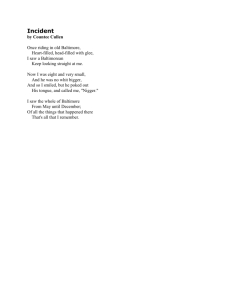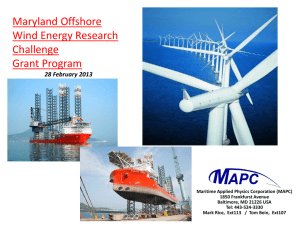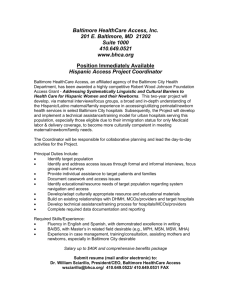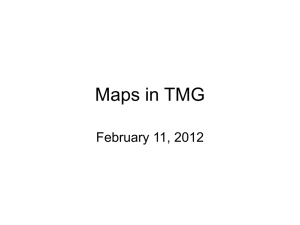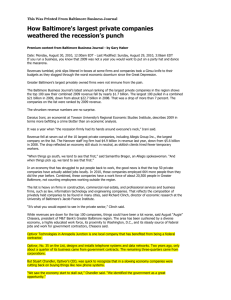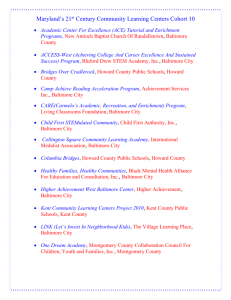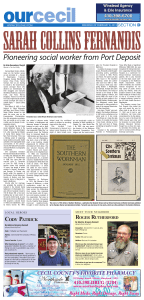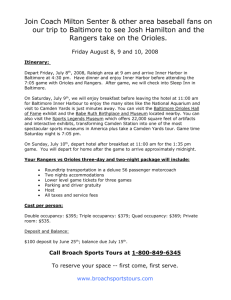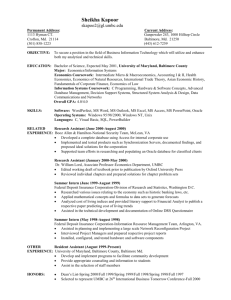A Tale of Two Cities: Baltimore
advertisement
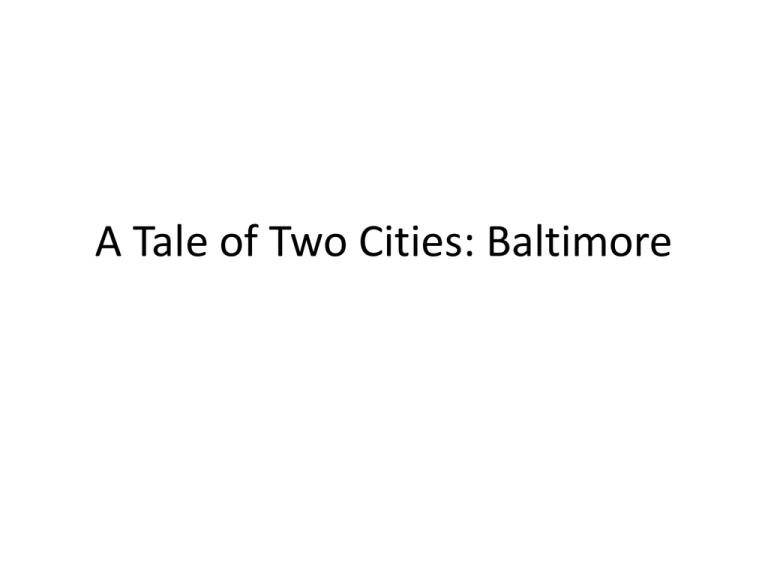
A Tale of Two Cities: Baltimore Gately, Gary. 2005. “Two Views of Baltimore Compete for Public Money.” The New York Times, July 6. (http://nyti.ms/hWXvER ). East Baltimore is a blighted neighborhood two miles from a planned hotel in the Inner Harbor tourist area. •Vacant & abandoned houses •Homeless •Working poor •Failing public schools Inner Harbor •Shopping •Hotels •Convention center •Baseball stadium •Football stadium •Restaurant pavilions •Aquarium •Science museum Steve Ruark for The New York Times The more prosperous areas of Baltimore include the Inner Harbor. Steve Ruark for The New York Times Le'Vonia Adell, left, prayed with the Rev. J. L. Carter, center and the Rev. Calvin Keene on a run-down Baltimore Street. The pastors are part of a group fighting the city's plans to build a new Convention Center hotel. Arguments for Using $50mil for redevelopment City • East Baltimore community did not have feasible plan • Stay competitive in convention tourist business • City would make profit East Baltimore Community • City should be in the ‘business’ of neighborhood development • Poor neighborhoods with more than 16,000 vacant or abandoned buildings need help. • Declining tourist business • Private hotel corporations would not invest their own money East Baltimore Development Inc. http://www.ebdi.org/about • Nonprofit partnership of public and private institutions (U.S. Government, the State of Maryland, the City of Baltimore, The Annie E. Casey Foundation, Johns Hopkins Institutions, The Harry and Jeanette Weinberg Foundation, The Atlantic Philanthropies and many others) • Acquisition and Relocation Project (relocated 584 families to healthier neighborhoods and cleared 31 acres) • Home Repair Program (21 owners have chosen this option) • MICA students moving to East Baltimore will face a mostly blank canvas But here are some ways to paint community back into the picture. • East Baltimore Redevelopment Project a Model for Effective Eminent Domain • Relocated Residents Speak Out
